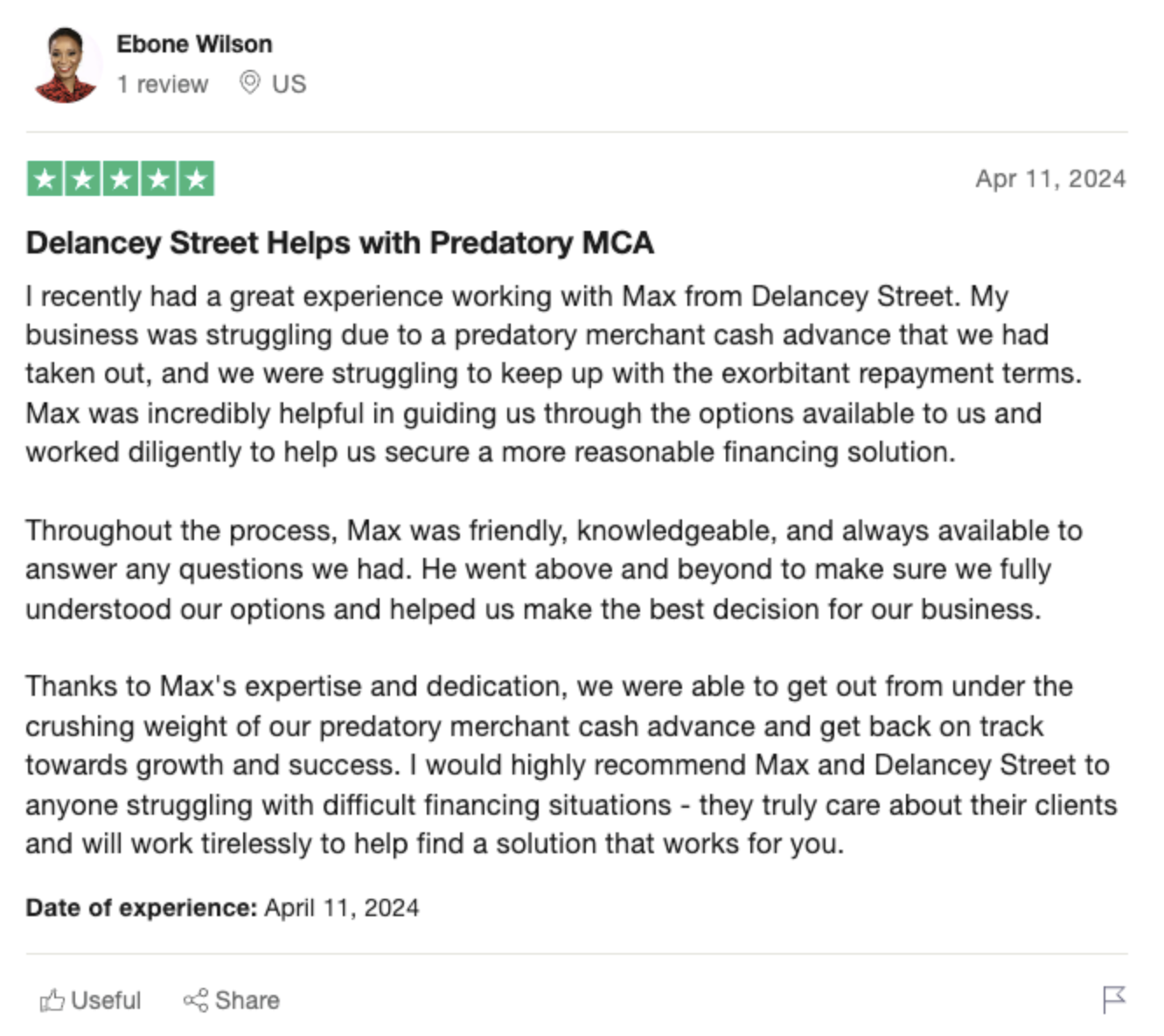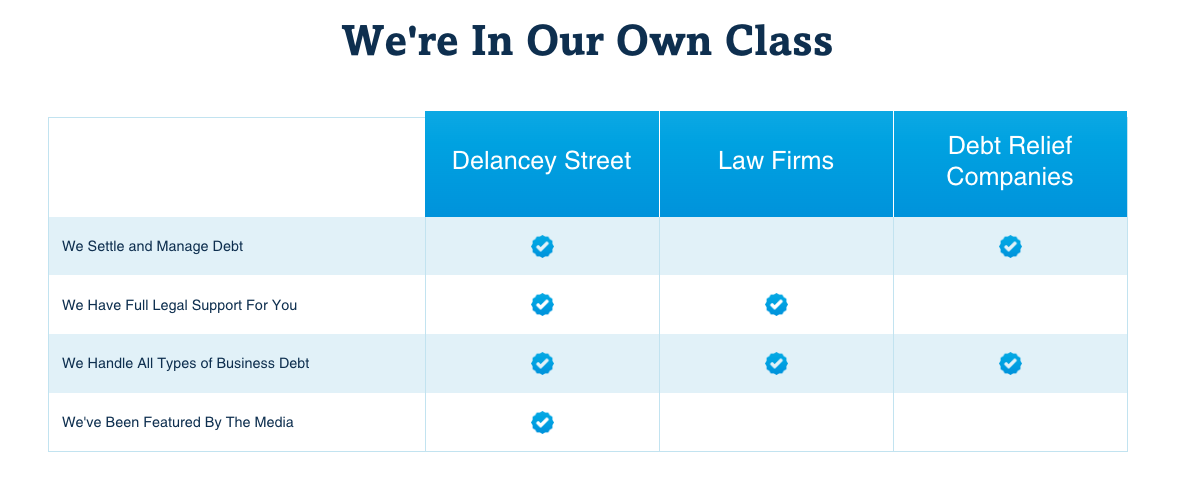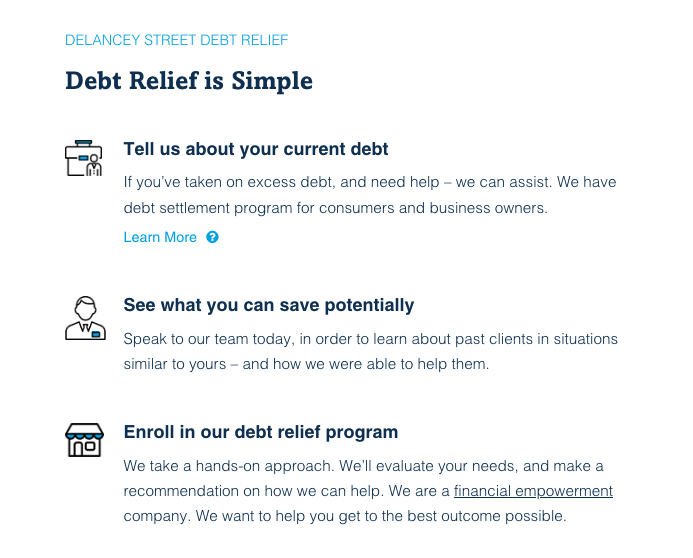Debt Relief Programs – What Are They and Do They Really Work?
If you’re struggling with overwhelming debt, you may be wondering if a debt relief program can help. These programs aim to reduce or eliminate your debt through settlement, consolidation, or management. But it’s important to understand how they work and if they’re the right choice for you.
Debt can feel like a dark cloud hanging over your head. It drains your bank account every month and causes endless stress. You make minimum payments hoping to slowly crawl your way out, but it feels hopeless. Debt relief companies promise a lifeline – but are they too good to be true?
 -
-What is Debt Relief?
Debt relief involves renegotiating, settling, or changing the terms of your debts so they become more manageable. There are a few main types of debt relief programs:
- Debt settlement – The company negotiates with your creditors to pay a lump sum that is less than what you owe. This can reduce your total debt, but it will damage your credit score.
- Debt consolidation – Your debts get rolled into one new loan, often with lower monthly payments. You still pay the full amount owed.
- Debt management – The company helps organize payments to creditors and may negotiate lower interest rates. You pay in full.
Debt relief companies provide the service of managing these programs for you, for a fee. They work as an intermediary between you and creditors. But you can also try negotiating relief yourself without any fees.
How Do Debt Relief Companies Work?
First, a debt relief company will review your financial situation – income, expenses, debts owed. They determine if their services could benefit you. If you move forward, they take over communicating with your creditors and managing payments.
For debt settlement, you’ll stop paying creditors directly and instead make monthly deposits to a dedicated account. Once there’s enough saved to make settlement offers, the company negotiates with creditors. They try to persuade them to accept a lump sum payment that’s often 30-50% less than the balance owed. If creditors accept the offer, your account is considered “settled.”
 -
-With debt management, the company works with creditors to reduce interest rates. They help organize single monthly payments from you to pay down debts. Creditors may agree to waive fees or reduce rates to ensure they receive regular payments.
Consolidation rolls multiple debts into one new loan. This can simplify payments and sometimes lower monthly costs. But you still pay the full amount owed – it’s just over a different term.
The Pros of Debt Relief
Debt relief can offer a few potential benefits:
- Lower monthly payments – Debt management or consolidation can secure more affordable payment plans.
- Pay off debt faster – Debt management may help you pay down balances quicker by reducing interest rates.
- Settled debt – Debt settlement can negotiate balances down to a fraction of what you owe.
- Avoid bankruptcy – Relief programs provide an alternative to declaring bankruptcy.
- Convenience – A company takes care of communicating with creditors for you.
The Cons of Debt Relief
But these programs also come with some significant drawbacks:
- Fees – Debt relief companies charge hefty fees, often a percentage of debt owed. This adds to your overall costs.
- Credit damage – Your credit score will plummet if you stop paying creditors directly. Missed payments are reported.
- Tax consequences – If a creditor forgives $600 or more of debt, that money may be taxed as income.
- Scams – Some companies make false promises and charge illegal fees, leaving you worse off.
- Lawsuits – Nothing prevents creditors from suing you for missed payments during debt relief.
Who Should Avoid Debt Relief?
These programs won’t be the right choice for everyone. You may want to avoid debt relief if:
 -
-- You have regular income to afford minimum payments.
- Your credit score is important for upcoming financing needs.
- You have assets creditors could seize if you default payments.
- You can negotiate relief directly with creditors yourself.
Debt relief won’t apply to certain types of loans like auto, mortgage, and student debt. These programs are designed for unsecured debt like credit cards, medical bills, and personal loans.
Alternatives to Debt Relief Companies
You aren’t required to pay a company to negotiate debt relief for you. Here are some alternative options to consider first:
- DIY settlement – Contact creditors yourself and negotiate reduced payoffs.
- Non-profit credit counseling – Get free or low-cost advice on managing payments.
- Debt consolidation loan – Take out one loan to pay off multiple debts.
- Balance transfer card – Transfer balances to a new card with a 0% intro APR.
- Bankruptcy – Discharge eligible debt completely through Chapter 7 or 13 bankruptcy.
5 Warning Signs of a Debt Relief Scam
Unfortunately, predatory debt relief companies do exist. Be on the lookout for these common red flags:
 -
-- Asks for large upfront fees before providing any services.
- Pressures you to make a rushed decision.
- Makes unrealistic claims like “we can remove all your debt.”
- Says they can stop wage garnishment or lawsuits.
- Tells you to stop paying creditors and communicating with them.
A legitimate company explains your options in detail, is transparent about risks and fees, and lets you make the decision on your timeline. If you suspect a scam, report them to your state attorney general.
Questions to Ask a Debt Relief Company
Thoroughly vet any company before enrolling in their program. Important questions to ask upfront:
- – What types of debt relief do you offer?
- – What are your fees and how/when are they collected?
- – Will my credit score be impacted? For how long?
- – Do you provide written documentation of settlements and terms?
- – Can I cancel my program at any time? Will I get a refund?
- – Are you licensed to operate in my state?
- – Can I see reviews from your past clients?
A trustworthy company will answer all your questions clearly and not dodge around details. Never hand over money or stop paying creditors until you’re confident it’s the right move.
Weighing the Pros and Cons of Debt Relief
Debt relief isn’t a magic wand – it comes with tradeoffs. But for some consumers, the potential benefits outweigh the risks. It provides an option between struggling with minimum payments and declaring bankruptcy.
Thoroughly research companies, know what you’re getting into, read the fine print, and consult your state laws. Debt settlement especially carries risks like hefty fees and credit damage. Make sure the payoff is worth it.
With the right program and realistic expectations, debt relief can offer a lifeline to regain financial control. But there are no guarantees – you have to commit to changing the behaviors that led to incurring the debt originally. Otherwise you risk racking it right back up again.
Managing overwhelming debt is challenging, but know there are always options. Seek help from reputable sources. With time and commitment, you can overcome debt and rebuild your finances.
Sources:







